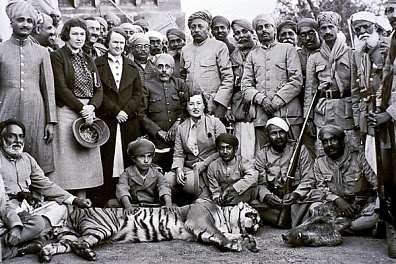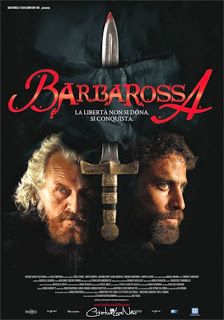Found in an unpublished typescript -a real life account of big game hunting in India- the author was almost certainly Lieutenant Colonel J. W. Wray. The manuscript was in an envelope with 3 other chapters addressed to him at 'The Croft, Guildford' and he is known to have written With Rifle and Spear : reminiscences of Lt.-Col. J.W. Wray. COPAC gives his dates as 1851-1924 and record this book as being published by The General Press, Ltd.,. They estimate the date as 1925. Certainly these accounts mention rifles and spears, Wray was a dedicated game hunter. The manuscripts came from a couple of very old soldiers - Basil and Russell Steele.

No copies of the book are available and it has not been digitised, apart from an earlier chapter at Jot. Web archives reveal he was in the 108th Foot Regiment and he was a member of the Northumberland and Northern Counties Club. Punch mentions him and his wife in 1916 - the victim of a Pooter like misprint: 'Mrs. Wray entertained the recruiting staff, numbering £21, to tea at Brett's Hall, Guildford, on Thursday.' They add 'Sterling fellows obviously'.
BEAR SHOT INSIDE HIS CAVE
In one of my previous Chapters I have described the following up of a wounded bear into his cave and finding him dead in there. I knew before I went in that he could not possibly be alive, and I merely went in to make sure of this before allowing any of the beaters to go in and drag him out.
Continue reading











